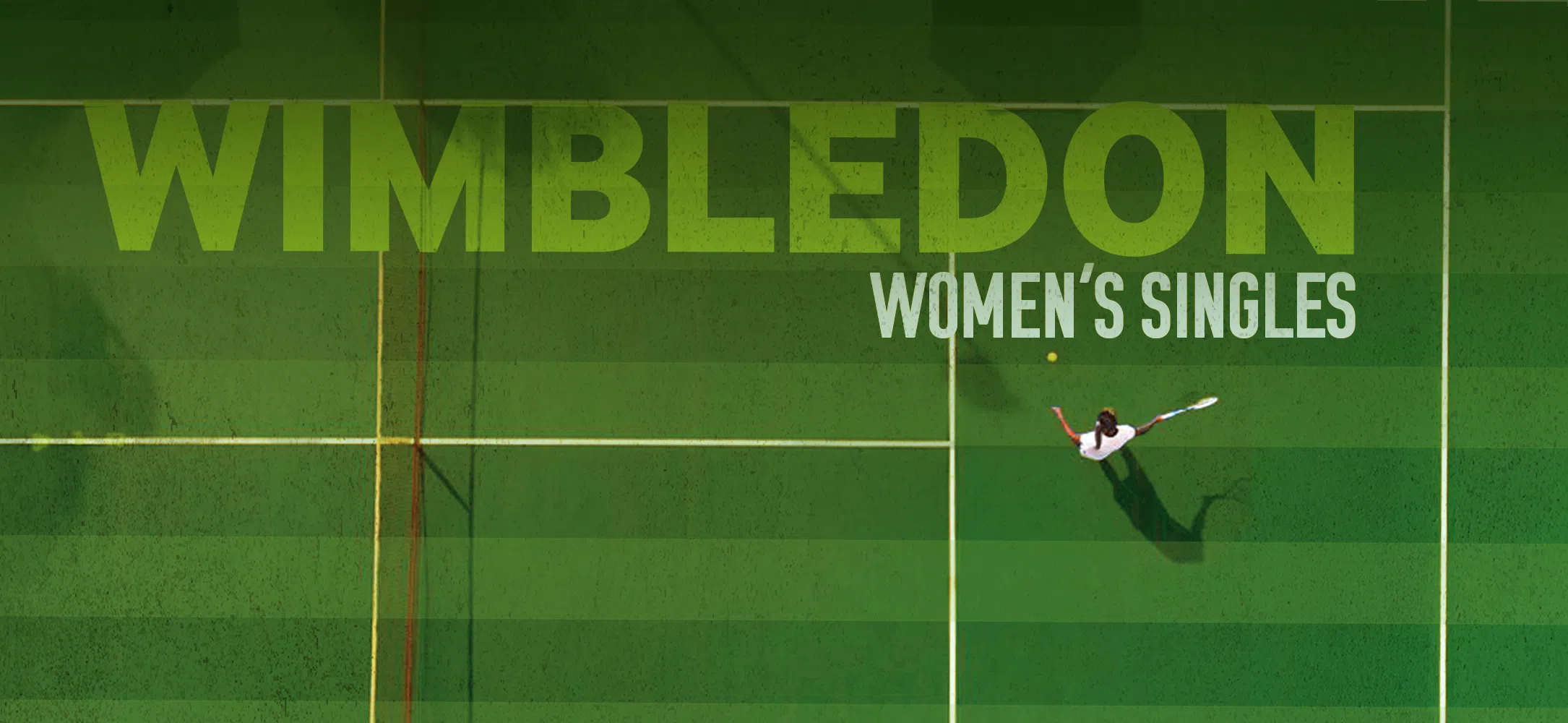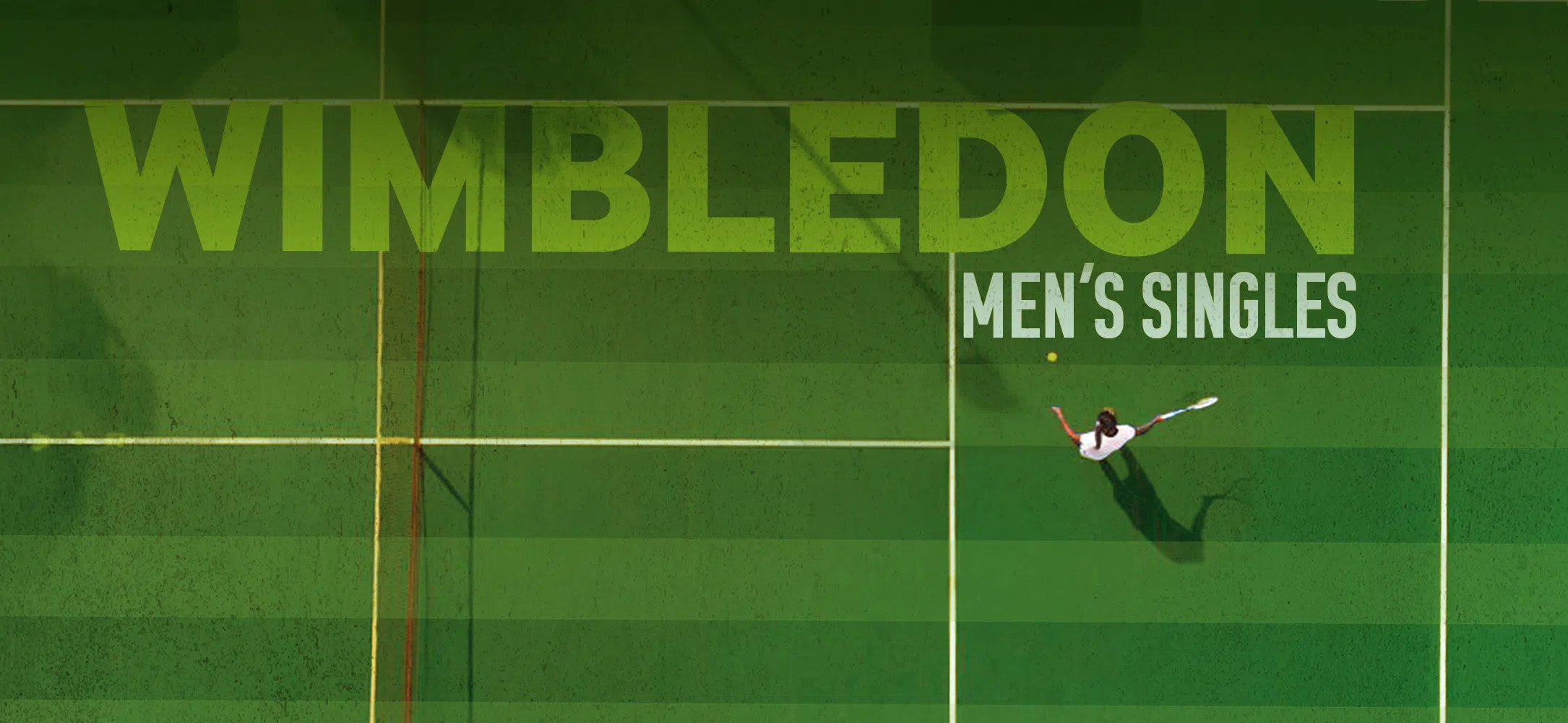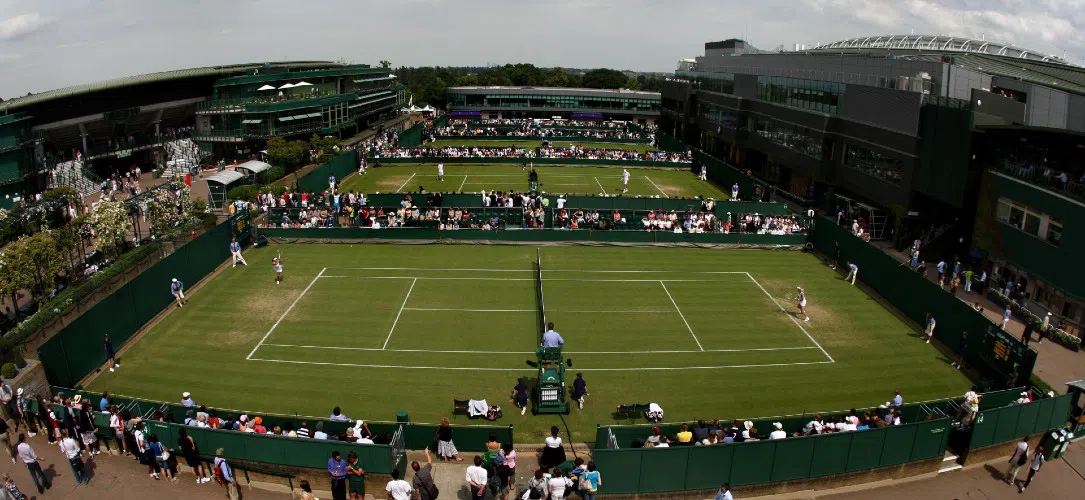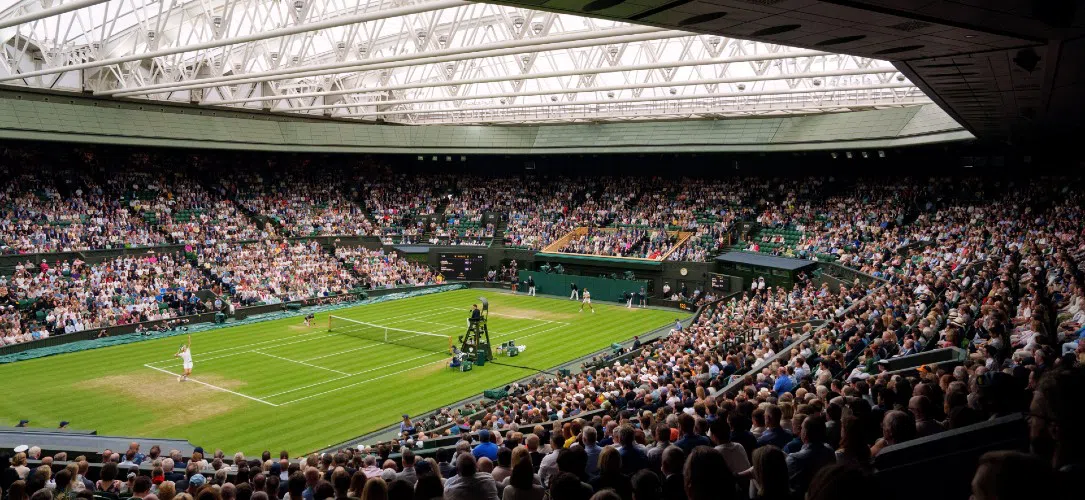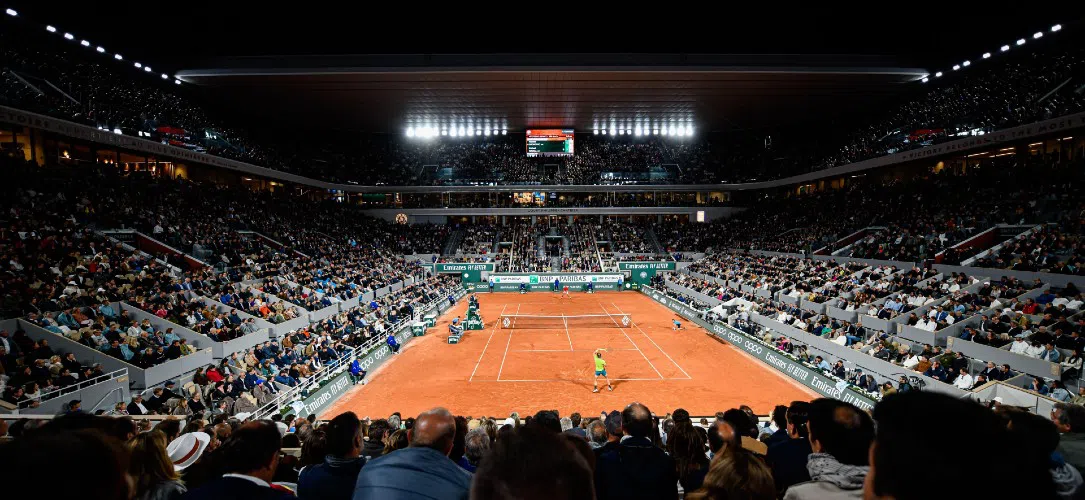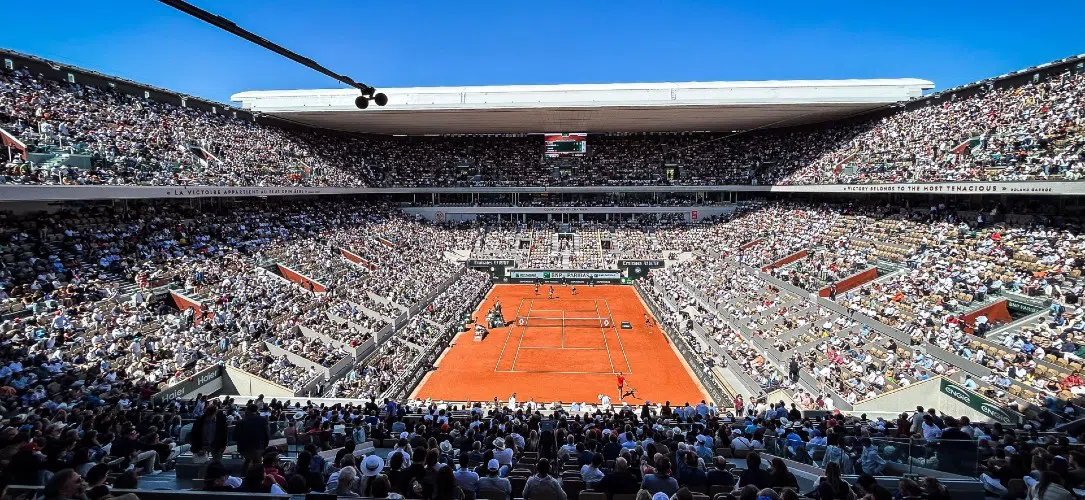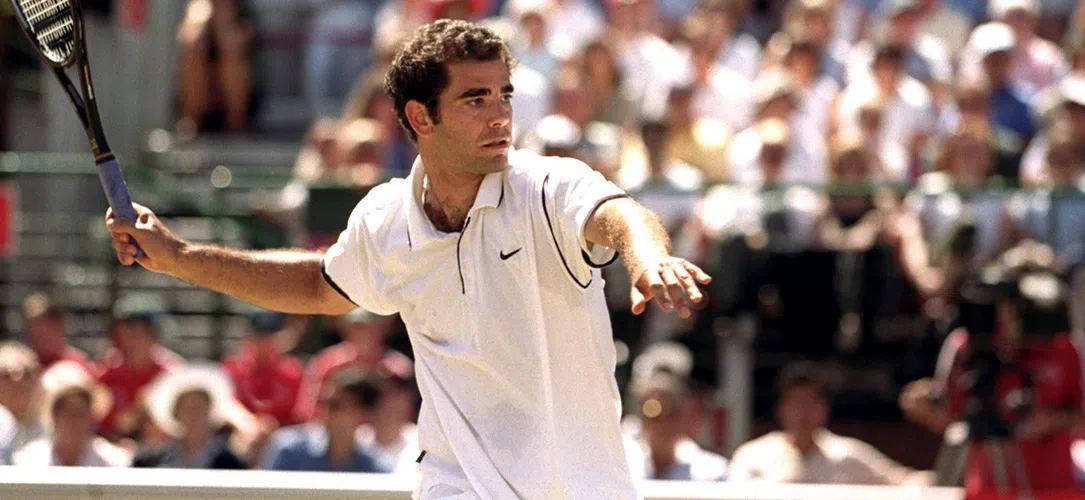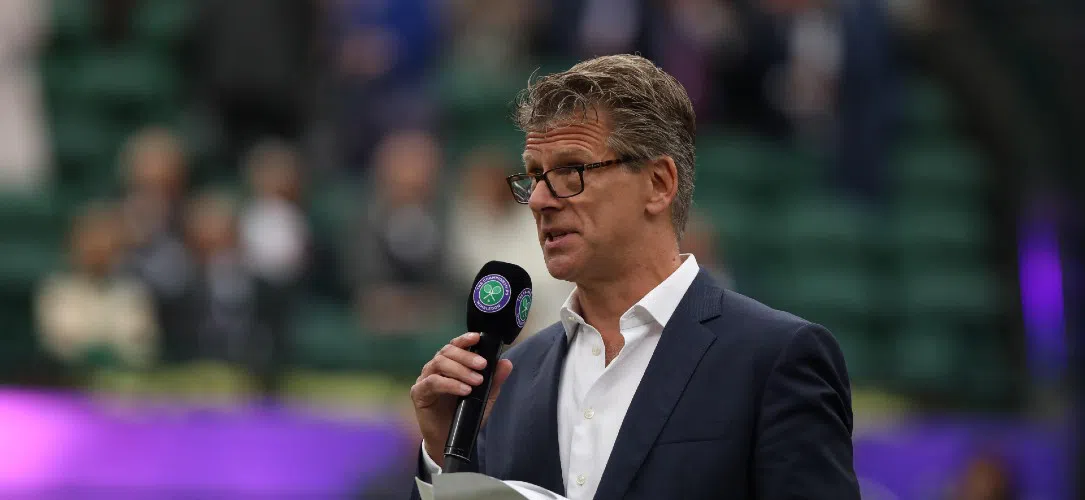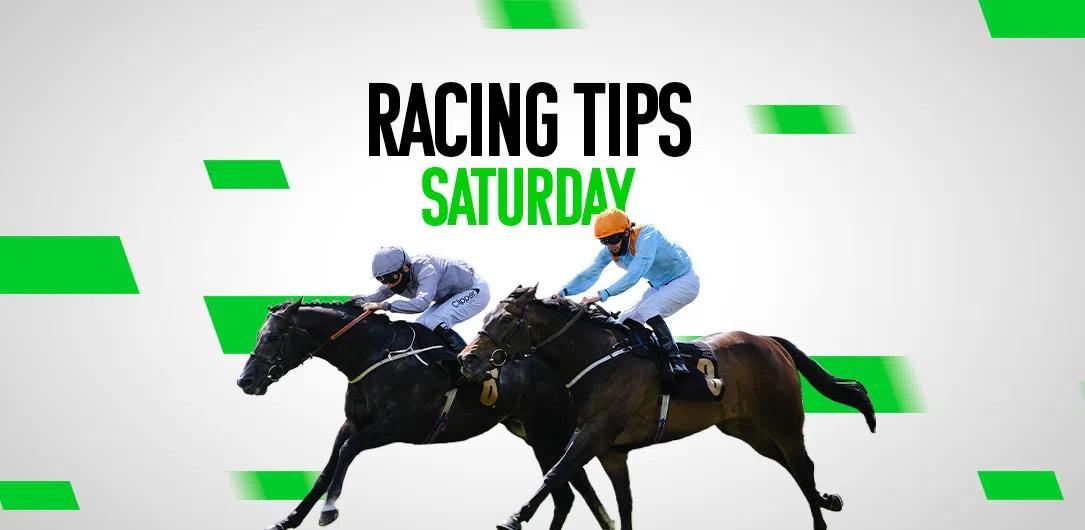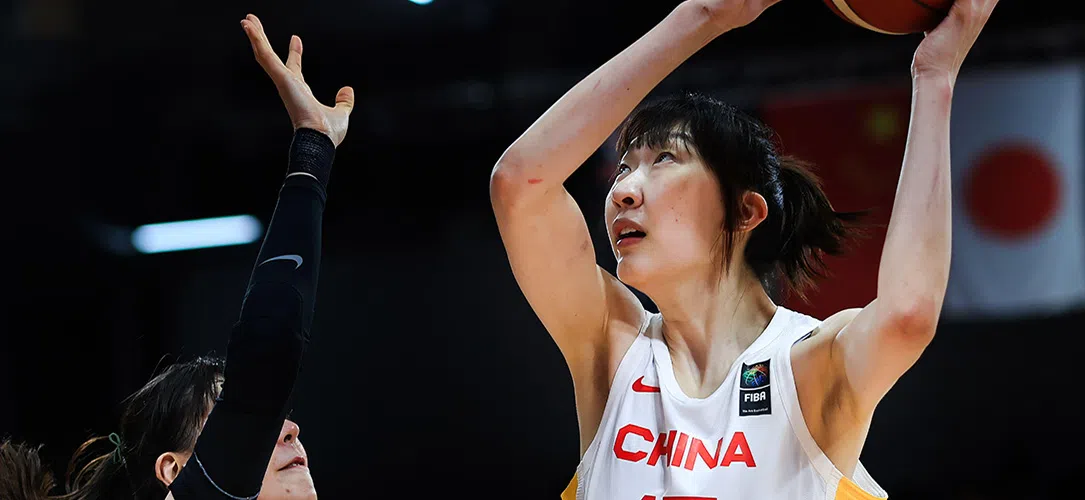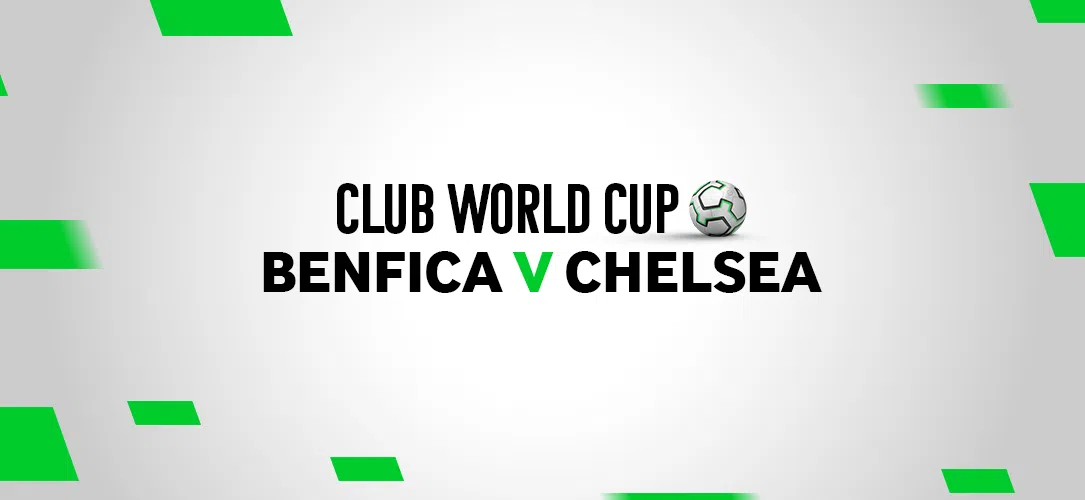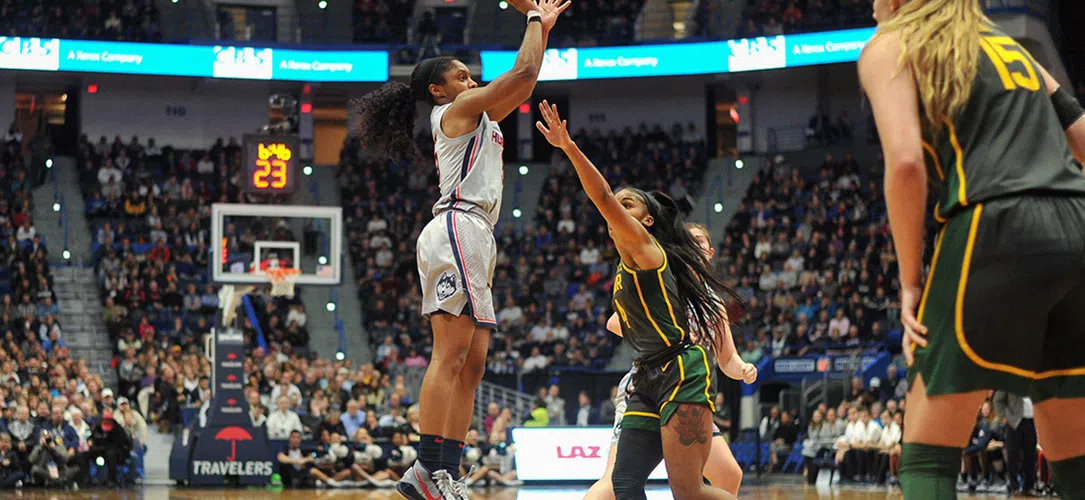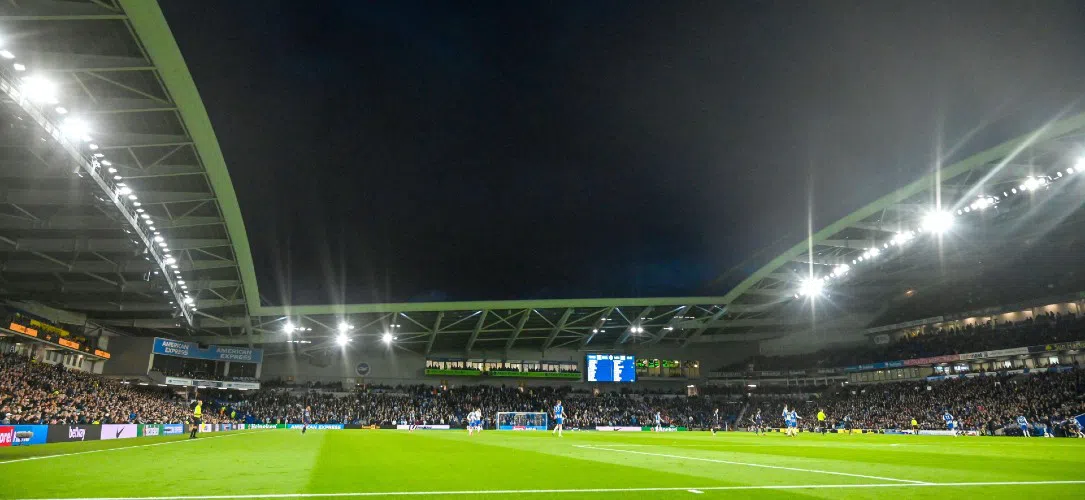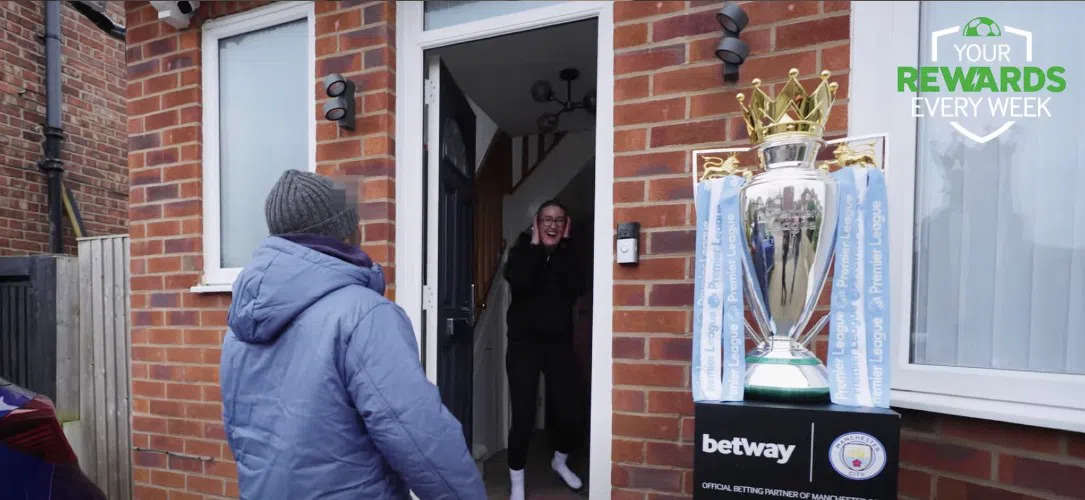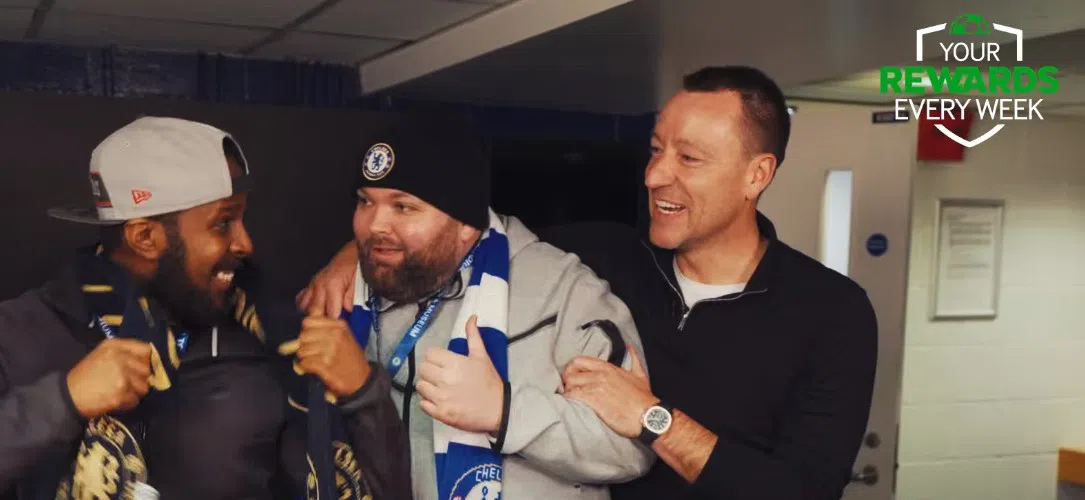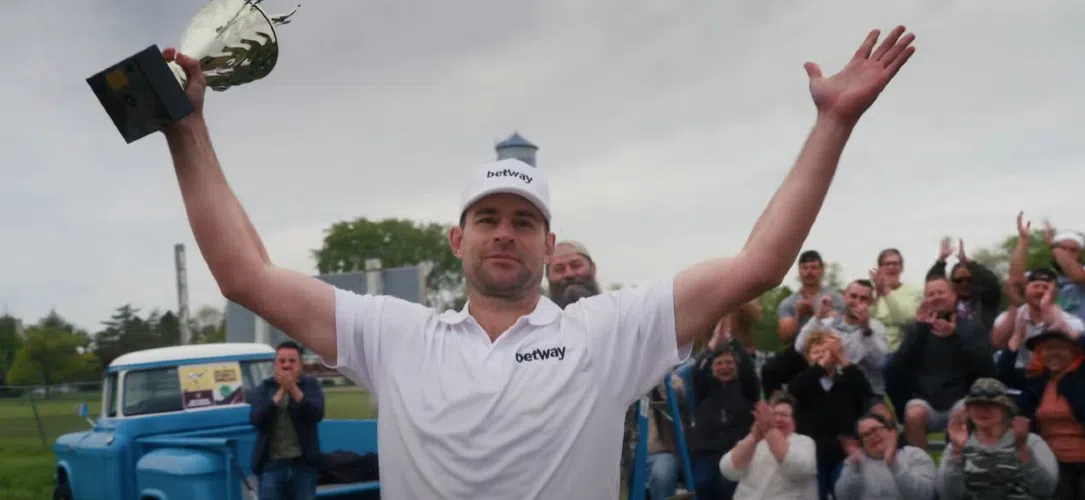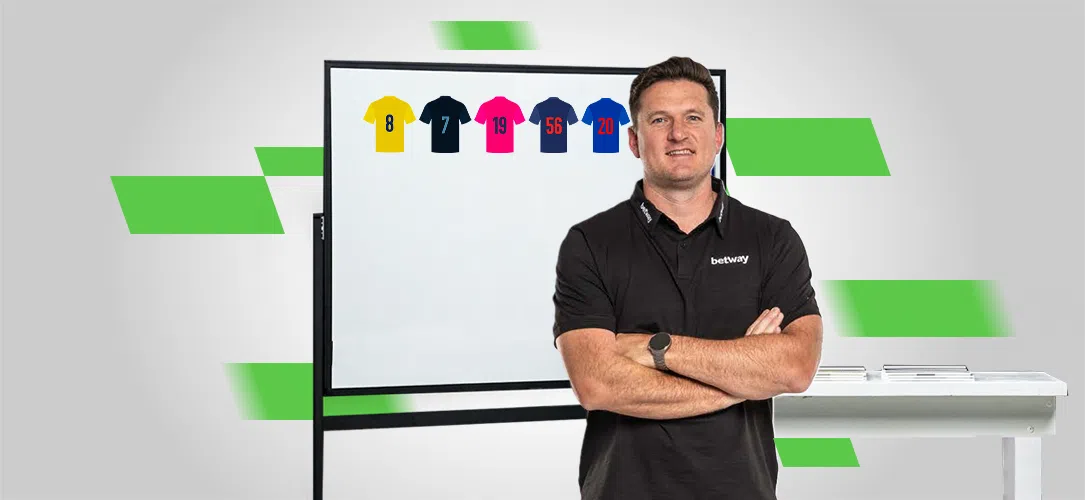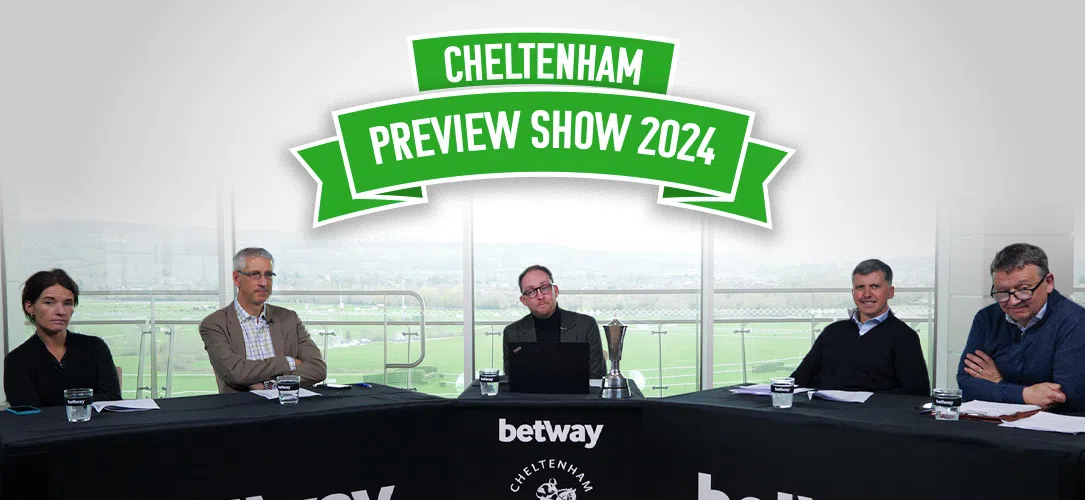It is wrong to write off the 14-time Grand Slam winner, who plays for the first time since Wimbledon on his favoured surface of clay this week
Rafael Nadal is not as good at tennis as he used to be.
But that does not mean his current malaise – witnessed most recently during his meek second-round defeat to Dustin Brown at Wimbledon – is inescapable.
Nadal, one of the sport’s greatest ever players, deserves more time to rediscover his game.
This time next year – preferably after an uninterrupted season or so – would be more appropriate.
The truth is that Nadal has been playing catch-up to his rivals ever since missing the second half of last season through a wrist injury and then appendicitis.
The Spaniard’s struggles in a year which has yielded just two tour victories – in Buenos Aires and Stuttgart – can largely be attributed to technical deficiencies, as opposed to the physical ones he has suffered previously.
The sight of Nadal shanking his trademark inside-out forehand – usually so explosive and reliable – hopelessly out of play has become all too familiar and is indicative of his lack of match rhythm.
He must play through it, though. Only by winning matches and tournaments – which is, of course, easier to write than achieve – will things change.
That is why Nadal’s participation at the ATP 500 event in Hamburg this week – his first appearance at the clay-court event since 2008 – is a positive step.
A brief-but-successful return to his favourite surface would help to banish memories of his SW19 defeat, while also providing some much-needed ranking points ahead of next month’s US Open.
It is unrealistic to expect the current world number 10 to add to his haul of two titles at Flushing Meadows, though, and he would be wise to follow the path set by Andy Murray last year.
Murray, having endured a stop-start 2014 campaign upon returning from back surgery, committed to a slew of smaller ATP tournaments following his US Open quarter-final defeat to Novak Djokovic, ultimately claiming three titles in Shenzhen, Vienna and Valencia.
The Scot, while not always playing his best in those events, benefited from going deep into tournaments again and, crucially, winning.
That run and subsequent intensive training block in the subsequent off-season perfectly positioned Murray for his impressive 2015, where he has won three times – including a first Masters 1000 title on clay – returned to the upper echelons of world rankings and played his most impressive tennis since the Ivan Lendl years.
With hardly any points to defend between now and the rest of the season, Nadal should do the same.
The 29-year-old will probably never win Wimbledon again – he has struggled on the grass for years, even enduring a first-round loss during arguably the greatest season of his career in 2013 – but talk of an irreversible decline is premature.
Nadal has responded emphatically to moments of adversity too many times before.
Winning his first European clay-court title since the 2014 French Open in Hamburg this week would be the perfect place to begin another famous comeback.



